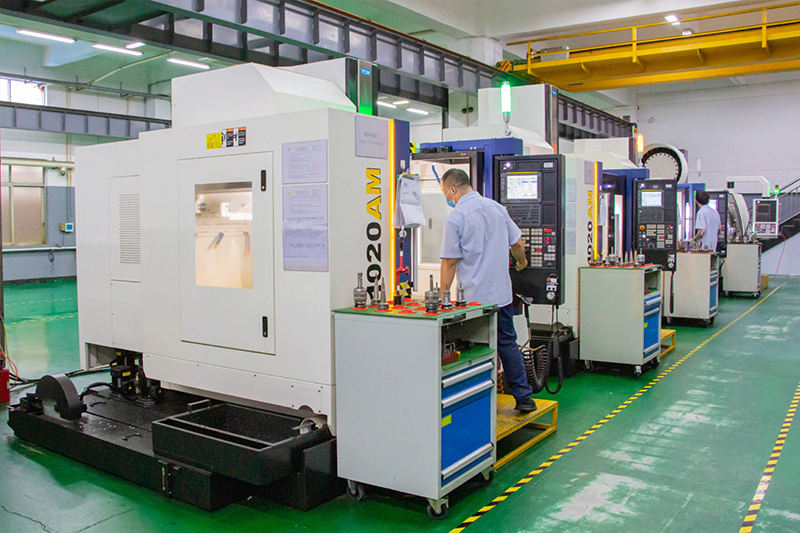What are the structural components of injection molds?
Injection mold is a crucial process equipment in the plastic processing industry, and its structural composition is quite complex and fine. The following is a detailed explanation of the main structural components of injection molds:
1, molding parts
The molded part is the core part of the injection mold, which comes into direct contact with the plastic and forms the shape of the product. It mainly includes cavity, core, sliding block, inclined top, etc. The cavity and core form the external and internal shape of the product, while the sliders and inclined top are used to form the side core-pulling or reverse structure in the product. These molded parts are usually made of high-quality steel and are precision-machined and heat-treated to ensure their dimensional accuracy and surface quality.
2. Pouring system
The pouring system is responsible for guiding the molten plastic from the injection molding machine nozzle to the mold cavity. It mainly includes main channel, diverter channel, gate and cold hole. The main channel connects the injection molding machine nozzle and the diverter, which then distributes the plastic melt to each gate, which is a key part of controlling the plastic into the mold cavity. The cold hole is used to collect the cold material at the beginning of injection molding to prevent it from entering the cavity and affecting the quality of the product.
3. Guiding mechanism
The guide mechanism is used to ensure the accuracy and stability of the mold during the mold closing and opening process. It mainly includes guide post and guide sleeve. The guide post is installed in the moving die part of the mold, and the guide sleeve is installed in the fixed die part. During the closing process, the guide post is inserted into the guide sleeve to ensure accurate alignment of the mold and avoid deviation.
4. Release mechanism
The ejector mechanism is used to push the molded product out of the mold smoothly. Mainly includes thimble, ejector rod, top plate, reset rod and so on. The thimble and ejector rod are the most common ejector elements that directly touch the product to push it out of the mold cavity. The top plate is used to push the core or cavity to indirectly push out the product. The reset rod is used to reset the ejector mechanism after opening the mold.
5, temperature regulation system
The temperature control system is used to control the mold temperature to optimize the plastic forming process. The cooling channel and heating element are mainly included. The cooling water channel is distributed inside the mold, and the heat of the mold is carried away by the circulating coolant. Heating elements are used to raise the mold temperature when needed, such as preheating the mold or keeping the mold temperature constant.
To sum up, the structural composition of injection molds is quite complex and fine, and each part plays a crucial role in jointly ensuring the molding quality and production efficiency of plastic products.
Post time: Apr-02-2024





